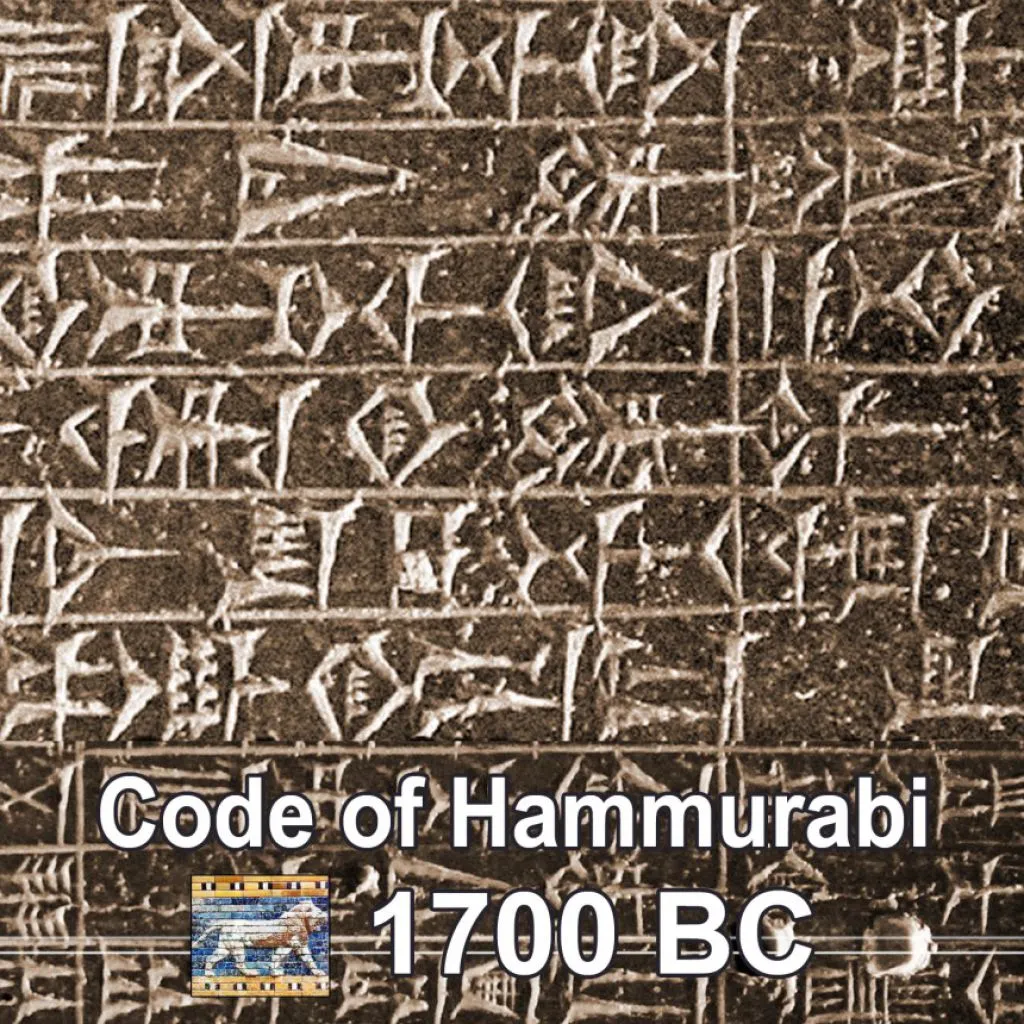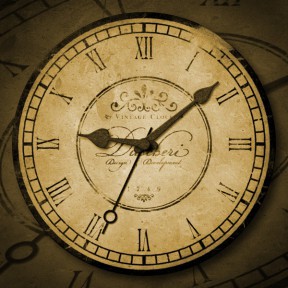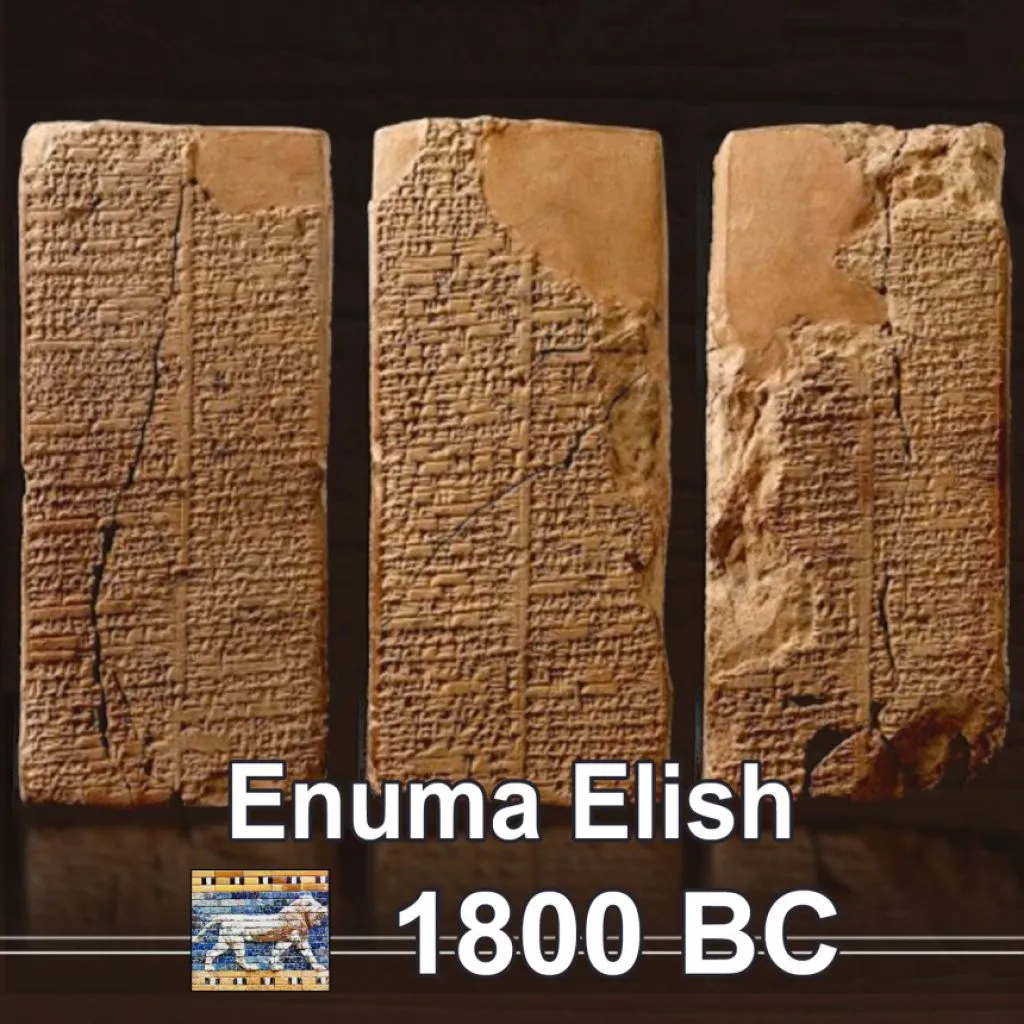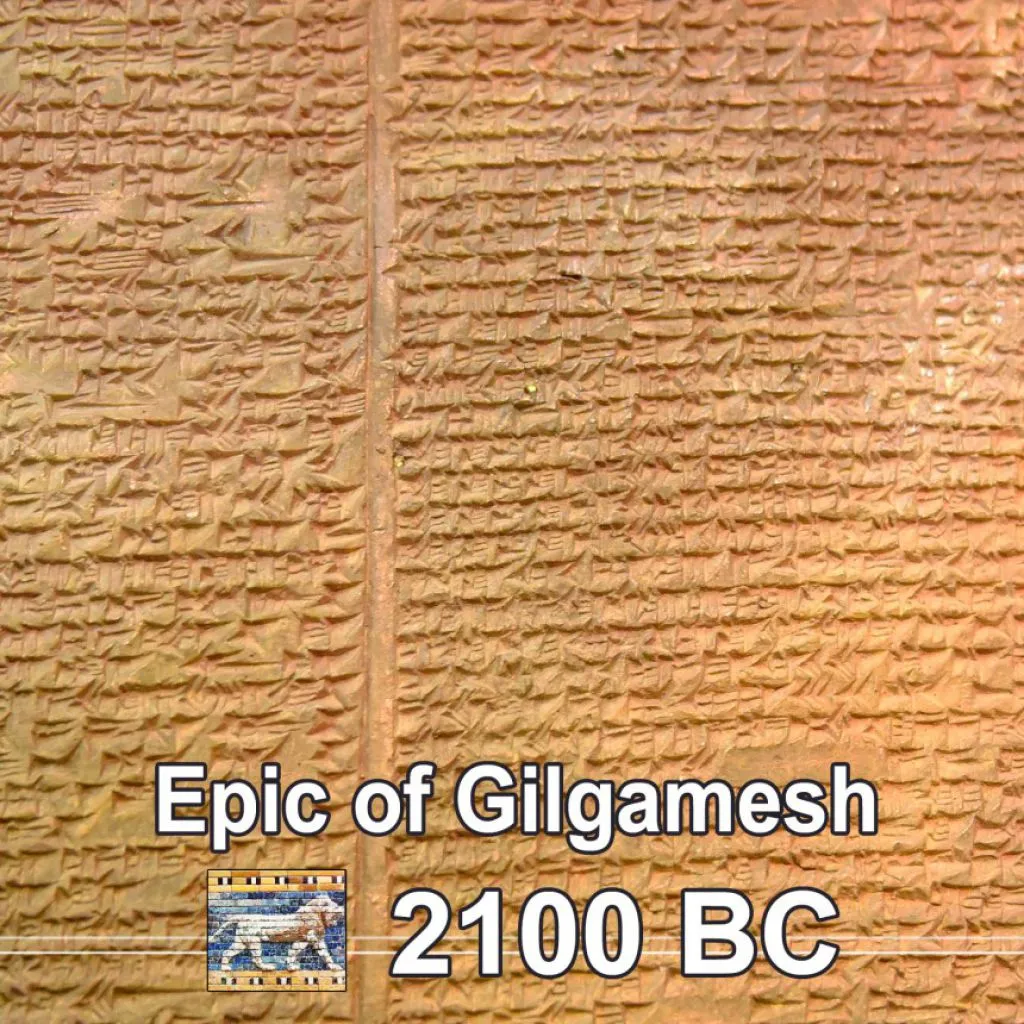
Code of Hammurabi
The Code of Hammurabi is a well-preserved Babylonian code of law of ancient Mesopotamia, dated back to about 1754 BC (Middle Chronology).
It is one of the oldest deciphered writings of significant length in the world. The sixth Babylonian king, Hammurabi, enacted the code. A partial copy exists on a 2.25 metre (7.5 ft) stone stele. It consists of 282 laws, with scaled punishments, adjusting "an eye for an eye, a tooth for a tooth" (lex talionis) as graded depending on social status, of slave versus free, man or woman.
Nearly half of the code deals with matters of contract, establishing the wages to be paid to an ox driver or a surgeon for example. Other provisions set the terms of a transaction, the liability of a builder for a house that collapses, or property that is damaged while left in the care of another. A third of the code addresses issues concerning household and family relationships such as inheritance, divorce, paternity, and reproductive behaviour. Only one provision appears to impose obligations on an official; this provision establishes that a judge who reaches an incorrect decision is to be fined and removed from the bench permanently. A few provisions address issues related to military service.
The code was discovered by modern archaeologists in 1901, and its editio princeps translation published in 1902 by Jean-Vincent Scheil. This nearly complete example of the code is carved into a basalt stele in the shape of a huge index finger, 2.25 m (7.4 ft) tall. The code is inscribed in the Akkadian language, using cuneiform script carved into the stele.
HISTORY
Hammurabi ruled for nearly 42 years, from about 1792 to 1749 BC according to the Middle chronology. In the preface to the law, he states, "Anu and Bel called by name me, Hammurabi, the exalted prince, who feared God, to bring about the rule of righteousness in the land, to destroy the wicked and the evil-doers; so that the strong should not harm the weak; so that I should rule over the black-headed people like Shamash, and enlighten the land, to further the well-being of mankind." On the stone slab are 44 columns and 28 paragraphs that contained 282 laws. Some of these laws follow along the rules of "an eye for an eye".
It had been taken as plunder by the Elamite king Shutruk-Nahhunte in the 12th century BC and was taken to Susa in Elam (located in the present-day Khuzestan Province of Iran) where it was no longer available to the Babylonian people. However, when Cyrus the Great brought both Babylon and Susa under the rule of his Persian Empire, and placed copies of the document in the Library of Sippar, the text became available for all the peoples of the vast Persian Empire to view.
In 1901, Egyptologist Gustave Jéquier, a member of an expedition headed by Jacques de Morgan, found the stele containing the Code of Hammurabi during archaeological excavations at the ancient site of Susa in Khuzestan.[8]
It is currently on display in the Louvre, with replicas in numerous institutions, including the Oriental Institute at the University of Chicago, the Northwestern Pritzker School of Law in Chicago, the Clendening History of Medicine Library & Museum at the University of Kansas Medical Center, the library of the Theological University of the Reformed Churches in the Netherlands, the Pergamon Museum of Berlin, the Arts Faculty of the University of Leuven in Belgium, the National Museum of Iran in Tehran, and the Department of Anthropology, National Museum of Natural History, Smithsonian Institution, the University Museum at the University of Pennsylvania, and Museum of the Bible in Washington, DC.






















